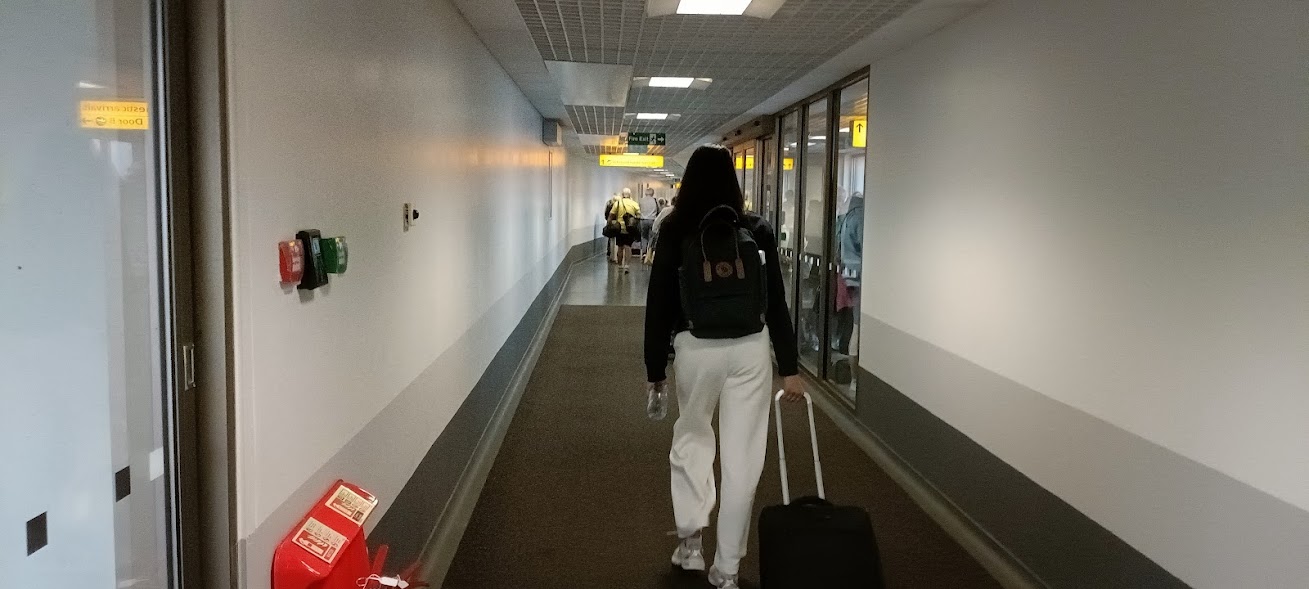We hope you never find yourself in the situation, but imagine yourself on a plane, the flight is rough, and an announcement comes over the public address system that the plane is having to make an emergency landing on water. Are you likely to heed the instruction to fasten your seat belt, and don the life vest, or refuse because it is “a bit restrictive”, or “uncomfortable”?
The answer is quite clear, and yet, every day, there are people who choose not to use a device designed specifically to save their lives, the seat belt, which, according to the World Health Organisation (WHO) is one of the main risk factors for death and serious injury in the event of a collision.
The latest provisional report for 2023 presented in March show that in 2023, 139 people who were travelling in cars and vans in Spain and who were not wearing a seat belt at the time of the incident died on interurban roads, 25% of the total.
In Spain, we are quite compliant with seat belt use. In April 2023, the General Directorate of Traffic confirmed this by presenting the results of the Baseline project, a European programme involving 18 countries that analysed progress in road safety by monitoring eight indicators, including seat belt use. Its conclusions ensure that, in the case of the driver and front passenger, the overall level of seat belt use in Spain is 96%, a value that is in the medium-high range among the countries participating in the project. In the rear seats, the level of use drops to 94%. Good figures, but they are not the much desired 100%. In fact, in Spain, non-compliance with seat belt use remains, today, the fifth most frequent offence. In 2022 alone, 105,996 complaints were filed in this regard according to the data available to the National Road Safety Observatory.
Why people resist wearing seat belts is one of the questions that has intrigued researchers since their creation in the last century.
Data from the National Road Safety Observatory shed some light on the profile of the “non-complier” in our country. For example, we know that users of passenger cars who were not wearing a seat belt have the highest number of deaths and hospitalised injuries, above other vehicles such as trucks or vans. We also know that the percentage of victims who do not use this device at the time of the incident increases as the age of the vehicle in which they travel increases. And that men are more likely not to wear it than women. In addition, and in line with what was detected by US research, in 2022 two out of three drivers killed on interurban roads who were not wearing a seat belt also presented at least one of these risk factors: speed, alcohol and drugs.
In 1992, Spanish regulations took a giant step forward in road safety by making the use of child restraint devices (CRS) compulsory. For children, a seat belt is not enough; they need a device that is adapted to their size. According to WHO data, the correct use of CRS can reduce road deaths among children by 71%. But for these systems to be effective, they must be chosen and used correctly. A Canadian study found that between 46 and 70% of CRS were used incorrectly, especially in children between the ages of four and eight.
Children
In our country, CRSs are mandatory for children with a height equal to or less than 135 cm and it is recommended to continue using them until they reach 150 cm. It is also advisable that they travel rear-facing as long as possible. However, in the March 2023 DGT campaign to control the use of these devices, 316 minors were detected who were travelling without the correct CRS or using it incorrectly. In 2022 alone, 8,935 complaints were filed for lack of use of adequate CRS.
What does a seat belt save you from in the event of a collision?
At 50 km/h, without a seat belt, the impact against the windscreen is equivalent to falling from the roof of a three-story building.
Travelling at 70 km/h with the seat belt unfastened, hitting the steering wheel, despite the airbag, is equivalent to being hit in the chest by a 15 kg bag, about the weight of a standard, packed suitcase, or a microwave oven, at 160 km/h.
At 80 km/h, the projection of rear seat passengers against the front seats due to not wearing their seat belts is equivalent to hitting the driver and co-pilot in the back with a 1,000 kg ball, the equivalent to a wild Asian water buffalo, or a classic VW Beetle, at 10 km/h.




Discover more from N332.es - Driving In Spain
Subscribe to get the latest posts sent to your email.

You must be logged in to post a comment.